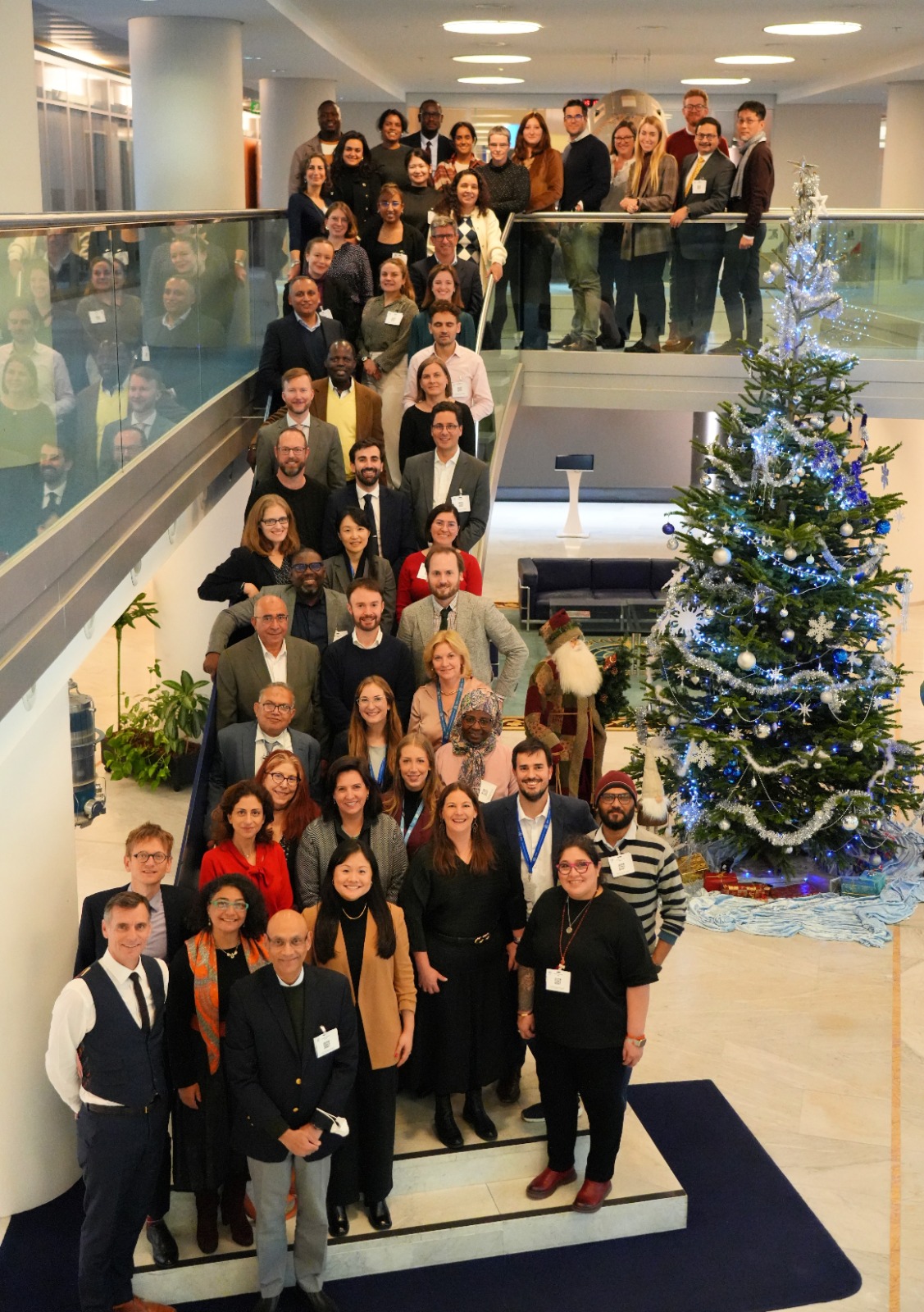Global experts and UN entities align approach for heat risk governance
Published: February 4, 2025
…
WMO, UNDRR and the Global Heat Health Information Network recently brought together leading heat experts as part of an international effort to develop a coordinated common framework for heat risk governance, a critical step towards strengthening global resilience to extreme heat, in response to the UN Secretary-General’s Call to Action on Extreme Heat.
Responding to a global call to action on extreme heat
Rising global temperatures and intensifying heat events are presenting an urgent governance challenge, creating complex risks that transcend borders and disproportionately impact vulnerable populations, economies and essential infrastructure.
These risks demand a shift from reactive measures to proactive, cross-sectoral and coordinated approaches. They affect sectors spanning human and animal health, agriculture, infrastructure, urban environments, and ecosystems.
The scale of the crisis is evident in its widespread impacts:
- 489,000 average annual heat-related deaths globally
- 2.41 billion workers exposed to excessive heat annually, costing an estimated $863 billion in 2022
- 12% of total food production lost annually (526 million tons) due to heat-stressed supply chains
- 50,000 km of rail track in India impacted by extreme heat
- $5 billion lost annually in Phoenix, USA, due to the urban heat island effect
Despite these staggering figures, and significant global efforts to combat risk from both the public and private sectors, progress remains fragmented. Many countries and communities still lack the governance mechanisms to act effectively and remain ill-equipped to respond, leaving billions of people vulnerable to preventable illness, death, and the destabilization of critical systems.
Recognizing the urgent need for systemic solutions, the UN Secretary-General has issued a call for urgent, coordinated global action. Tackling extreme heat requires not just improved response strategies, but a fundamental transformation in how risks are assessed, governed and mitigated across sectors, disciplines, and governance levels—from local initiatives to global frameworks.
In response to this call, the World Meteorological Organization (WMO), the UN Office for Disaster Risk Reduction (UNDRR), and the Global Heat Health Information Network brought together a diverse group of experts in Geneva from 17–19 December for a technical consultation on extreme heat governance.
The consultation was the first-ever to convene representatives from 12 countries, 15 international organizations, as well as leading academic institutions and NGOs and heat policy experts from 10 countries, all working towards a shared objective: strengthening governance structures that can effectively manage heat risks today and in the future.
Decision-Support for Extreme Heat Risk Governance
While actors from cities to the private sector in many countries are taking steps to reduce and manage heat risks, progress remains slow and uneven, hampered by fragmented policies, siloed efforts and a lack of coordination between sectors and government levels. The Global Heat Health Information Network, through various technical, regional, urban-scale and G7-level consultations, has consistently highlighted the urgent need for integrated, multi-sector strategies to confront this growing crisis.
This consultation brought together experts from governments, international organizations, academia, and NGOs to share experiences and challenges in managing extreme heat risks, identify opportunities for collaboration, and develop actionable recommendations to strengthen governance and resilience.
The consultation was part of a broader initiative led by the WMO-UNDRR Centre of Excellence for Disaster and Climate Resilience, the Global Heat Health Information Network, and Duke University’s Heat Policy Innovation Hub. This initiative aims to create an Extreme Heat Decision-Support Package – an essential tool for policymakers to navigate the growing complexity of heat risk governance. The package will examine existing approaches, identifying gaps, and fostering collaborative solutions.
Shared experience and aligned goals
Over three days, participants worked to:
- Share National and Local Progress: Understand successes, challenges, and needs in developing heat risk reduction strategies and frameworks.
- Explore Multi-Sector Approaches and the need for approaches to enhance cross-sector collaboration in mitigating extreme heat risks.
- Begin the development of a Common Framework for Heat Risk Governance: Define elements and principles for a common framework for coordinated action on extreme heat risk reduction.
Key outputs included:
- Strategic recommendations from key actors to improve integrated heat risk governance
- The first draft of a multi-sector common heat governance framework to guide risk reduction.
- Identification of priority areas for collaborative action in reducing extreme heat risk in the short, medium and long term
- A roadmap for 2025 to validate, launch, and implement the framework globally.
Next Steps
In 2025, Network partners will work to finalize the Common Framework for Heat Risk Governance and Extreme Heat Decision-Support Package prior to launch at the Global Platform for Disaster Risk Reduction that takes place in Geneva on 2-6 June 2025.
